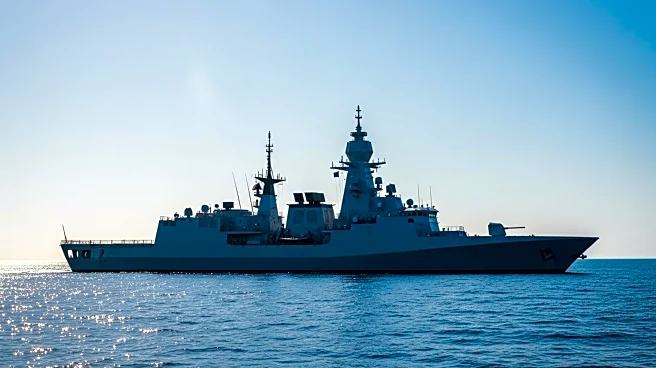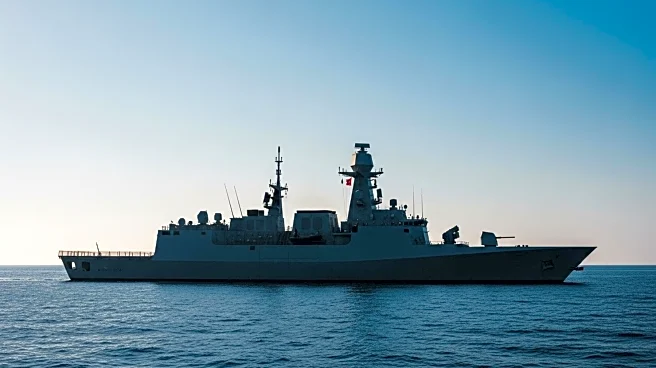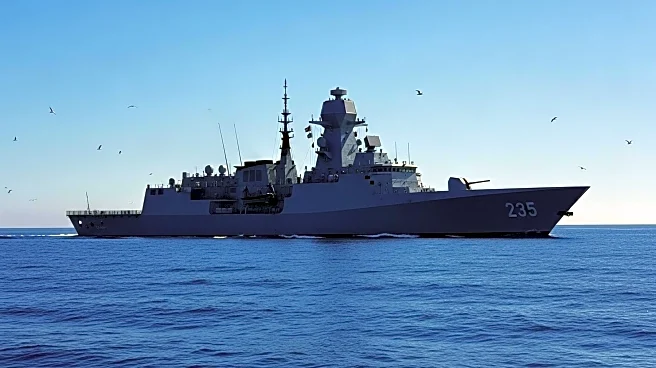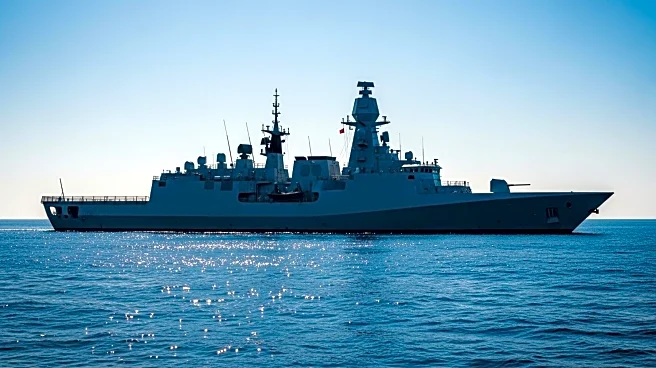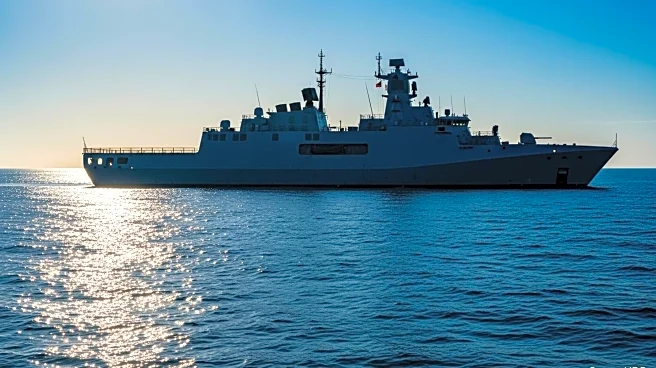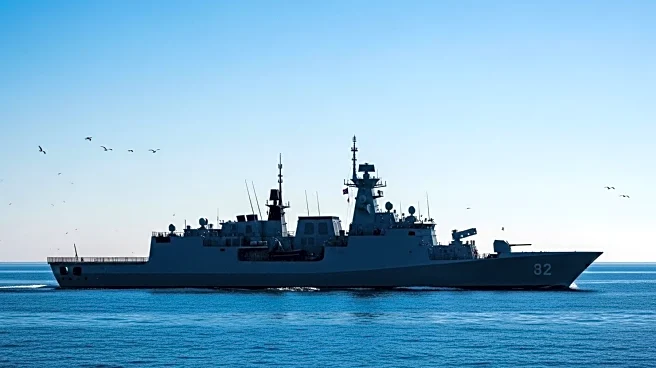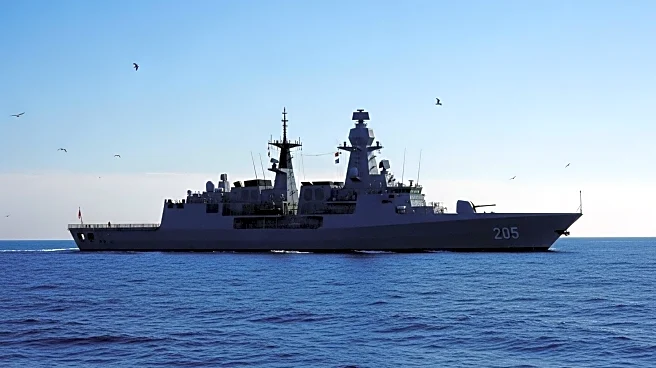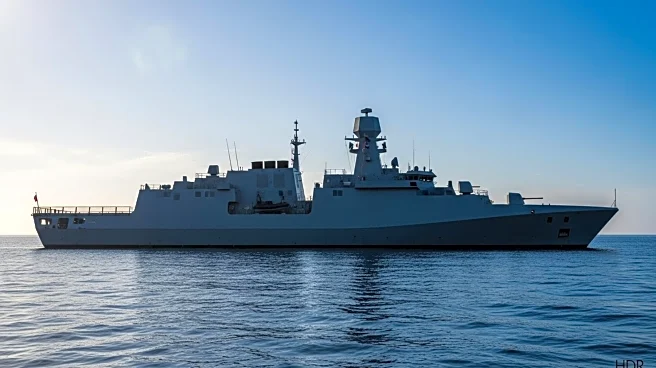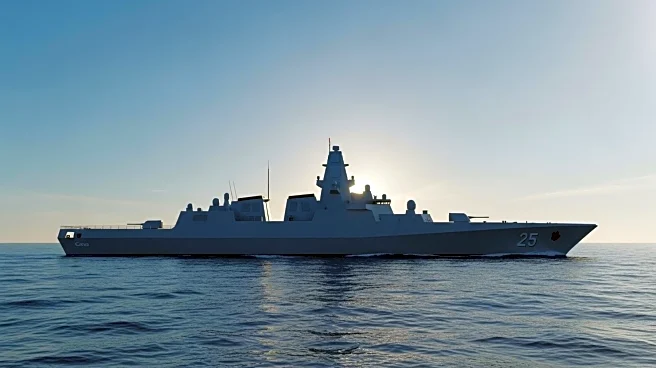What's Happening?
Norway has announced its decision to acquire at least five Type 26 anti-submarine warfare frigates from the United Kingdom, marking its largest defense capability investment to date. The strategic partnership, valued at GBP10 billion (USD13.5 billion), was revealed by Norwegian Prime Minister Jonas Støre during a press conference on August 31, 2025. The frigates will be constructed by BAE Systems in Scotland, with the first delivery expected around 2030. This decision follows Norway's Long-term Defence Plan 2025–36, which outlined the need to replace the Royal Norwegian Navy's Fridtjof Nansen-class frigates. The Type 26 was chosen over candidates from France, Germany, and the USA.
Why It's Important?
This acquisition represents a significant enhancement of Norway's naval capabilities, particularly in anti-submarine warfare, which is crucial given the strategic importance of the North Atlantic and High North regions. The deal also strengthens defense ties between Norway and the UK, potentially influencing geopolitical dynamics in Europe. For the UK, this is the largest warship export deal by value, boosting its defense industry and supporting jobs in Scotland. The investment underscores Norway's commitment to modernizing its military forces amid evolving security challenges.
What's Next?
The construction of the frigates will commence at BAE Systems' facilities in Scotland, with the first Norwegian vessel expected to be operational by 2030. This timeline aligns with the UK's plans to deploy its own Type 26 frigates, enhancing collaborative operations in the North Atlantic. Norway's decision may prompt other nations to consider similar upgrades to their naval fleets, potentially leading to increased competition among defense contractors globally.
Beyond the Headlines
The selection of the Type 26 frigate highlights the growing importance of anti-submarine warfare capabilities in modern naval strategy, reflecting concerns over underwater threats in strategic maritime regions. This move may influence other countries to prioritize similar investments, potentially reshaping naval defense strategies worldwide.
